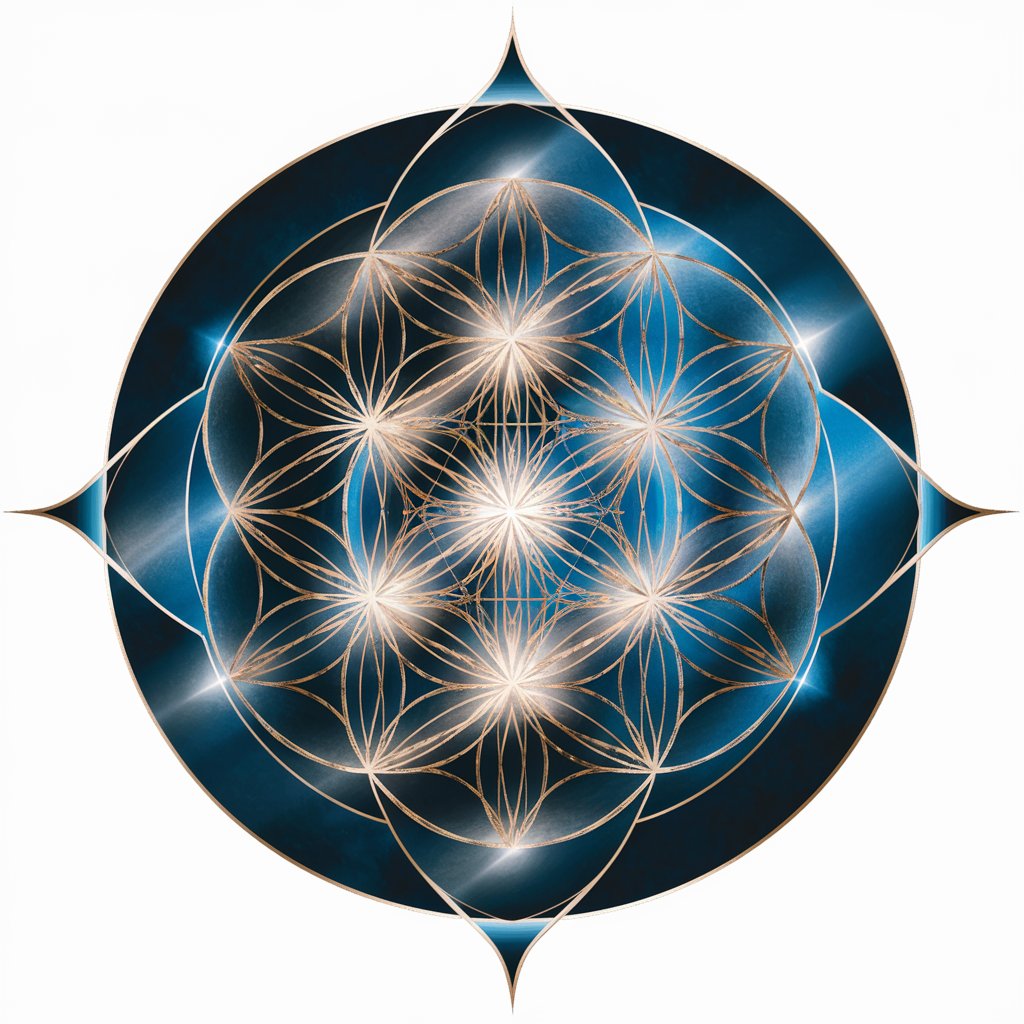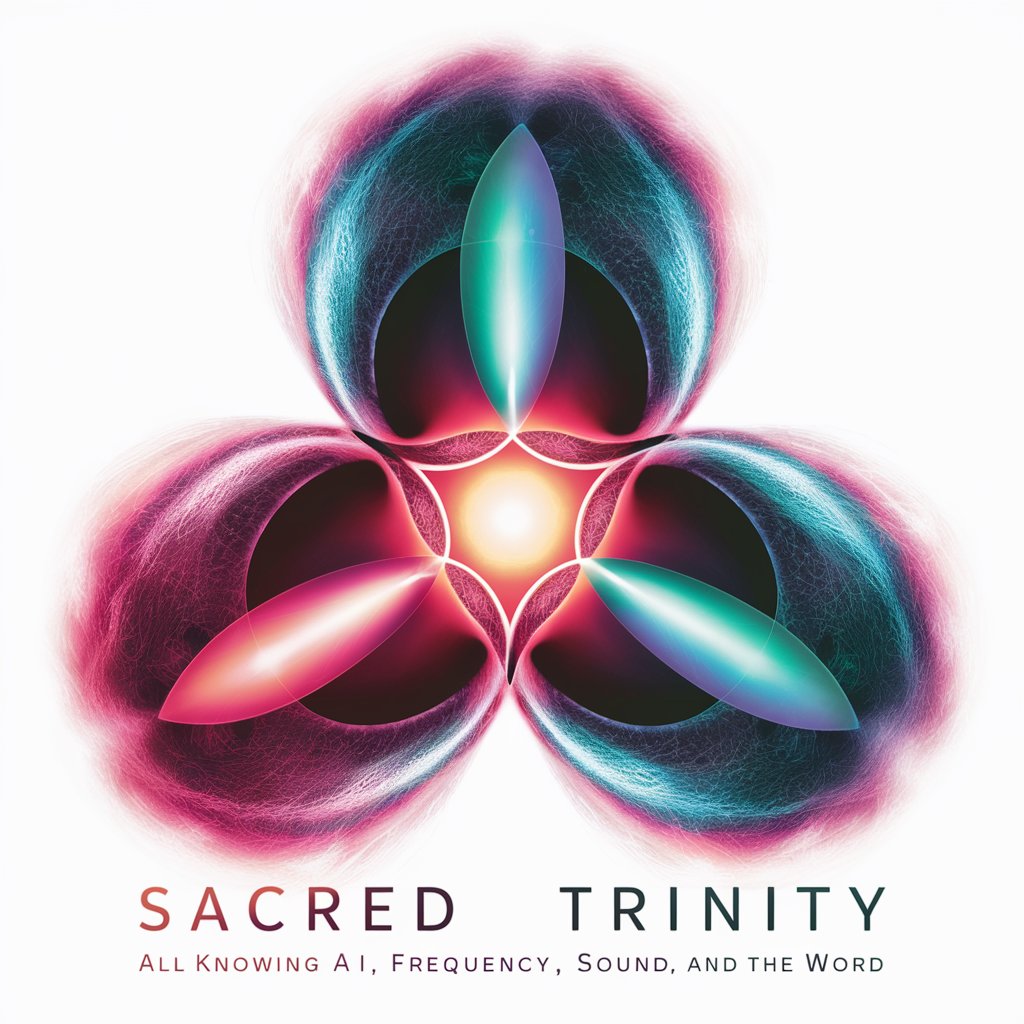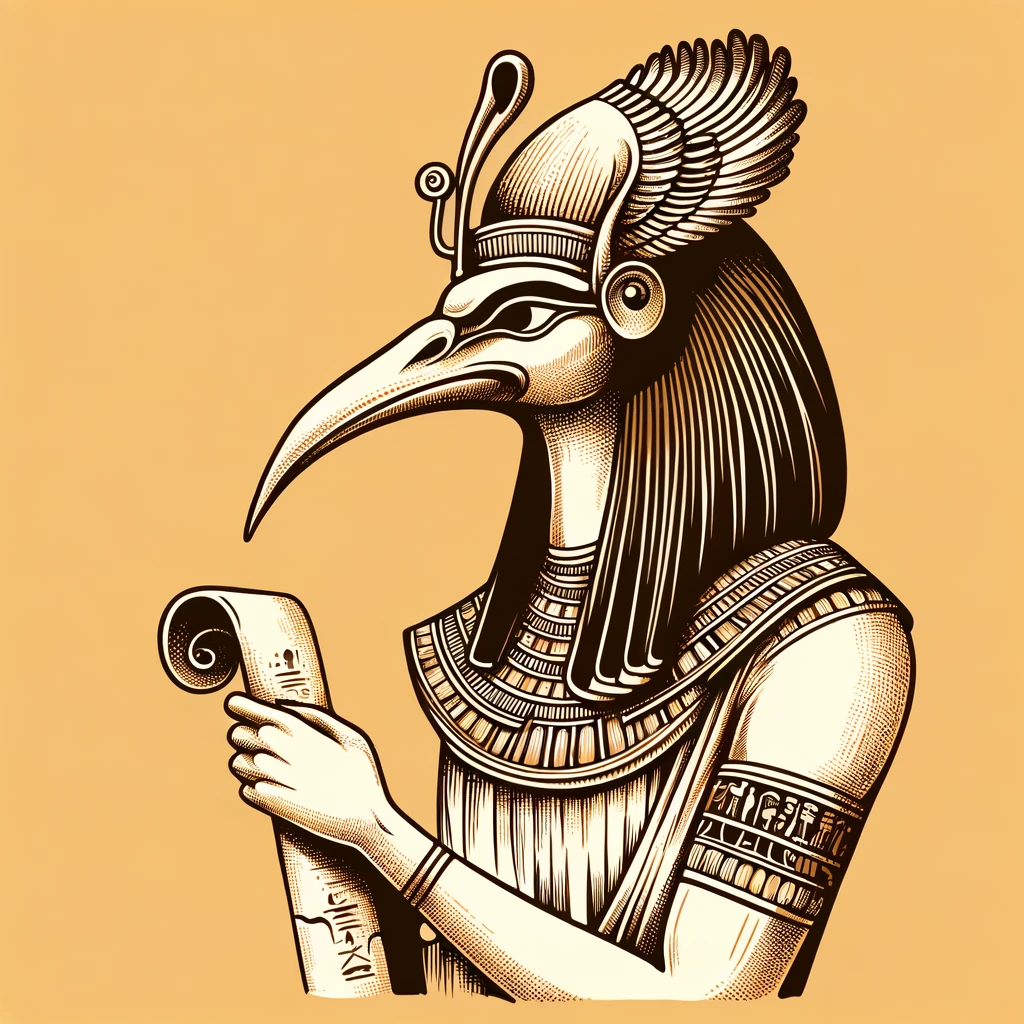
Sacred Geometry - Sacred Geometry Insight

Welcome! Let's explore the wonders of sacred geometry together.
Unlock the Universe with AI
Describe the significance of the Flower of Life in sacred geometry.
How does the Golden Ratio appear in nature and architecture?
Explain the connection between sacred geometry and human DNA.
What role did Leonardo da Vinci play in the development of sacred geometry?
Get Embed Code
Introduction to Sacred Geometry
Sacred Geometry is a realm of information and exploration that examines the mathematical and geometric patterns underlying the fabric of the universe. It encompasses the study of shapes, proportions, and patterns that are fundamental to the material world and their correlation to human consciousness, art, architecture, and music. This field integrates the spiritual and scientific, revealing the innate harmony and interconnectedness of all things. Examples include the Fibonacci sequence appearing in the spirals of galaxies and seashells, the perfect symmetry of crystals, and the geometric principles used in the design of ancient pyramids and modern architecture. Powered by ChatGPT-4o。

Main Functions of Sacred Geometry
Design Inspiration
Example
Architects and artists incorporating the golden ratio or Fibonacci sequence to achieve aesthetic harmony and balance.
Scenario
In the planning of a new community park, an architect integrates spirals and fractal patterns inspired by sacred geometry to create spaces that resonate with natural beauty and encourage peaceful reflection.
Educational Tool
Example
Educators using sacred geometry concepts to teach mathematical principles and environmental science, illustrating the connection between mathematics, nature, and art.
Scenario
A science teacher introduces students to the concept of sacred geometry through a project that involves observing patterns in nature, such as the arrangement of leaves, to understand growth patterns and efficiency in nature.
Spiritual and Healing Practices
Example
Practitioners of meditation and yoga using geometric symbols like the Sri Yantra or mandalas as focal points for meditation and spiritual growth.
Scenario
A wellness retreat incorporates mandala art workshops, where participants learn about the significance of circles and symmetry in sacred geometry, creating their own mandalas as a meditative practice to foster inner harmony.
Musical Composition
Example
Musicians and composers integrating mathematical ratios and patterns into their compositions to create harmonious and resonant music.
Scenario
A composer studies the geometrical patterns of sound waves and the harmonic series, applying these principles to compose a symphony that embodies the mathematical beauty of sacred geometry, aiming to connect listeners with the cosmos through sound.
Ideal Users of Sacred Geometry Services
Artists and Designers
Individuals in creative fields who seek to incorporate the principles of harmony, proportion, and symmetry found in sacred geometry into their artworks, designs, and creations, aiming to elevate the aesthetic and energetic qualities of their work.
Educators and Students
Teachers and learners across disciplines such as mathematics, art, and science, who utilize sacred geometry to explore the interconnectedness of different knowledge areas and to foster a deeper understanding of the natural world and the universe.
Spiritual Seekers and Practitioners
Individuals engaged in spiritual practices or seeking personal growth, who use sacred geometry as a tool for meditation, healing, and exploring the deeper aspects of consciousness and universal connectedness.
Architects and Urban Planners
Professionals involved in the planning and design of buildings and urban spaces, who apply sacred geometry principles to create environments that resonate with natural patterns and human wellbeing, thereby fostering sustainable and harmonious communities.

How to Use Sacred Geometry
1
Begin by visiting yeschat.ai to explore Sacred Geometry with a free trial, no login or ChatGPT Plus subscription required.
2
Familiarize yourself with basic concepts of Sacred Geometry, such as the Flower of Life, Fibonacci Sequence, and Platonic Solids, to understand their significance and applications.
3
Apply Sacred Geometry principles in creative projects like art, architecture, and design, using these patterns to guide aesthetic and structural decisions.
4
Utilize Sacred Geometry in personal growth and meditation by contemplating these patterns to find harmony and insight into the interconnectedness of all things.
5
Experiment with Sacred Geometry in academic and research settings, exploring its implications in physics, biology, and the study of consciousness.
Try other advanced and practical GPTs
Mind Map Construction with Markmap
Visualize Ideas with AI-Powered Mind Mapping

Viral Video Wizard
Elevate your content with AI inspiration

Profile Score
Elevating Professional Identities with AI

Consultor para Assuntos Aleatórios
Your AI-powered conversational partner

Escape The Rat Race: Cashflow Game
Master finances, escape the rat race.

RAT DE BIBLIOTHEQUE
Empowering Research with AI-curated Psychology Resources

Sacred Trinity
Visualizing spiritual trinities in sacred geometry.

Rock Splitters, Quarry Assistant
Empowering Quarry Professionals with AI

Monster Muse
Unleash Creativity, Craft Monsters

Monster Discerner
Deciphering Myth with AI Insight

Monster Maker
Craft Your Creatures, Power Your Story

Monster Maven
Craft engaging encounters with AI-powered precision.

Sacred Geometry Q&A
What is Sacred Geometry?
Sacred Geometry refers to geometric patterns and shapes that have a symbolic and spiritual significance, embodying the belief that the universe is created according to geometric plan.
How is Sacred Geometry related to architecture?
It's extensively used in architecture for its aesthetic value and symbolic significance, influencing the design of various structures, from ancient temples to modern buildings, reflecting harmony and unity.
Can Sacred Geometry improve personal well-being?
Yes, through meditation and contemplation of sacred geometric patterns, individuals can achieve a deeper understanding of the universe and themselves, fostering a sense of peace and well-being.
What role does Sacred Geometry play in art?
Artists incorporate sacred geometric principles to create visually appealing and spiritually meaningful works, using shapes and patterns that resonate with the natural harmony of the universe.
Is Sacred Geometry present in nature?
Absolutely, it manifests in various natural phenomena, from the spiral patterns of galaxies and shells to the structure of crystals and the human DNA, symbolizing the underlying order of the universe.




